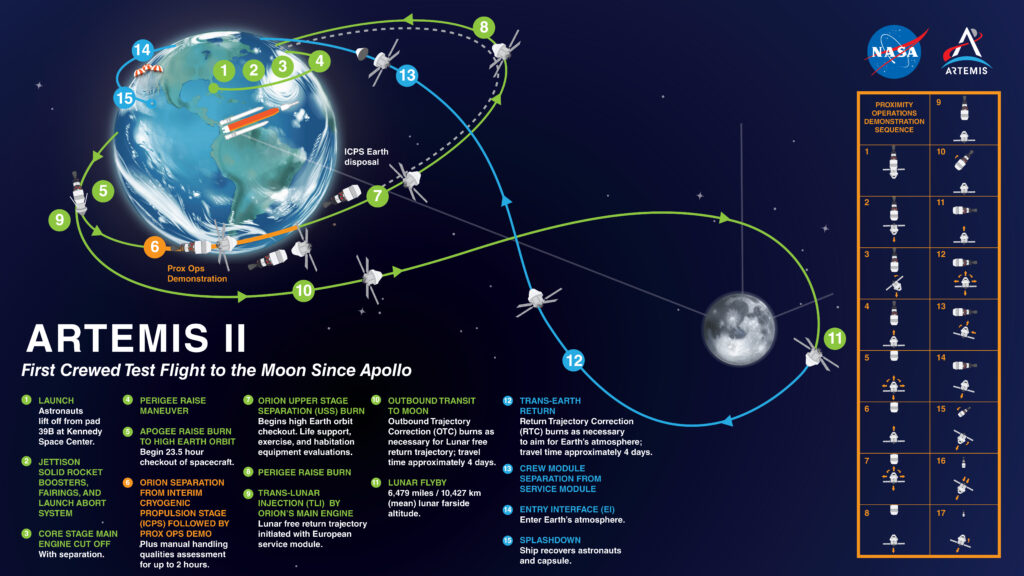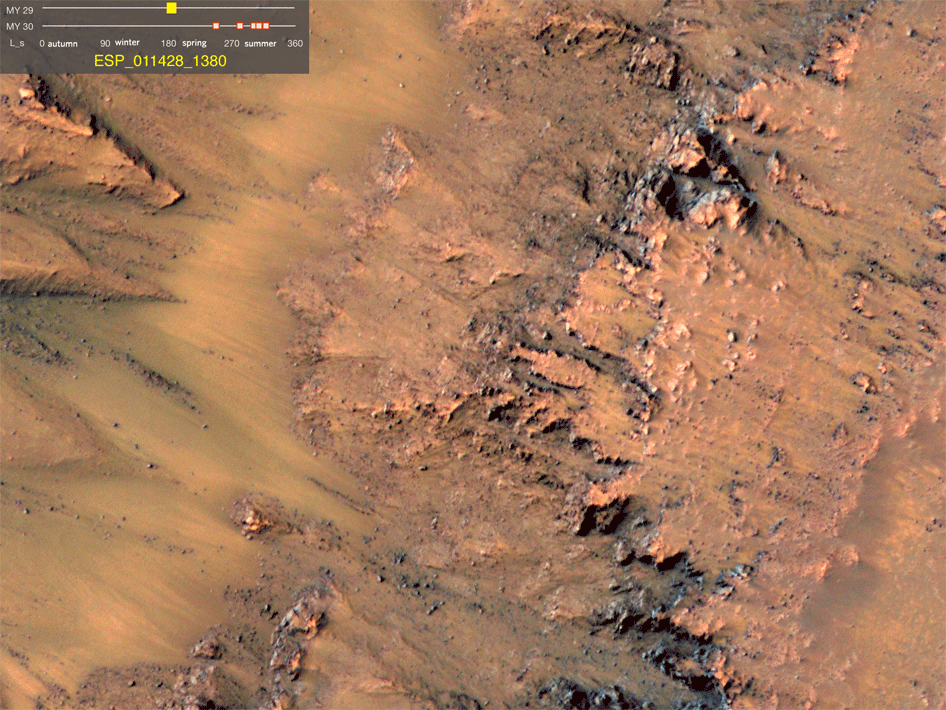EXPLORATION
The Future of Space Exploration: Colonizing Other Planets
- Published On
February 8th, 2024
- Author
Syeda Natasha Hassan
Table Of Contents
- Published On
February 8th, 2024
- Author
Syeda Natasha Hassan
As humanity boldly ventures into the unknown and pushes the limits of our knowledge, the idea of colonizing other worlds has sparked heated discussions. While the concept of inhabiting a different planet once seemed like a mere fantasy, it is now a plausible outcome. In fact, numerous space organizations and corporations are actively pursuing plans to turn this dream into a reality. In this piece, we will dive into the current state of space exploration, delving into NASA's ambitious Artemis program and the endeavors of private enterprises to establish a colony on Mars. Together, we will explore the obstacles and potential breakthroughs that lie ahead on this journey.
NASA’s Artemis Program
NASA's ambitious Artemis program marks a momentous leap towards reclaiming the moon for humankind and setting our sights on Mars. With its namesake being the revered Greek goddess of the moon, this program sets out to achieve the historic feat of landing the first female and male astronauts on the lunar terrain. Undoubtedly, the Artemis program serves as a pivotal component of NASA's comprehensive plan to establish a lasting presence on the moon, propelling us towards even farther reaching missions to the red planet. According to NASA Administrator Jim Bridenstine, “Artemis is more than just a moon landing. It’s a first step on a journey to Mars, and it will help us prepare for the deep space missions we’ll need to send astronauts to the Red Planet.”
The program includes the development of new spacecraft, such as the Orion spacecraft and the Space Launch System (SLS), which is the most powerful rocket ever built. The Orion spacecraft is a marvel of engineering, designed for the sole purpose of transporting astronauts beyond the confines of low Earth orbit. Its ultimate destination: the moon and even Mars. Packed with state-of-the-art technology, including advanced life support systems, radiation shielding, and a reusable launch abort system, this spacecraft is well-equipped to ensure the safety of those embarking on the daring journey. But the journey would not be possible without the mighty SLS, a heavylift rocket that will launch the Orion spacecraft and other payloads into the depths of space. With a capacity to carry up to 130 metric tons, the SLS surpasses even the current largest rocket, the Delta IV Heavy, by double. And with its reusable capabilities, the SLS is poised to pave the way for cost-effective future missions.

Summary of the upcoming Artemis II mission plna (Credit: NASA)
Private Companies’ Efforts to Colonize Mars
NASA is focused on returning humans to the moon, but the possibility of colonizing Mars has not escaped the attention of several private companies. Among them are SpaceX, Blue Origin, and Mars One, each with their own unique innovations and tactics, all with the ultimate goal of establishing a thriving human community on the red planet. Elon Musk's SpaceX stands out as the most renowned among these enterprises, with its founder boldly proclaiming a grandiose mission of ensuring the survival of humanity as a multi-planetary species. Through various initiatives, SpaceX is making significant strides towards this goal, one of which being the Starship spacecraft project. This innovative spacecraft is being developed to transport up to 100 people to and from Mars, equipped to accommodate both passengers and cargo. Designed for multiple launches, it promises to notably diminish the costs of future missions.
Moreover, its in-orbit refueling capabilities will facilitate longer and quicker journeys beyond what current spacecrafts can achieve. Jeff Bezos, the visionary mastermind behind Blue Origin, is determined to pave the way for human colonization of Mars. In pursuit of this ambitious goal, his company is engineering a revolutionary reusable rocket, the New Glenn, equipped to transport both crew and cargo into space. Remarkably, the New Glenn will also have the ability to refuel while in orbit, propelling it to even greater distances and speeds than what is achievable with current spacecraft. Did you hear about Mars One? It's a Dutch non-profit making big moves to colonize Mars. They're aiming to create a thriving colony on the red planet with the first pioneers landing in 2027. Can you imagine? They'll have everything they need to survive - habitats, greenhouses, and all the essential infrastructure. It's truly groundbreaking.

An intriguing discovery captured by HiRISE pictures of Newton Crater unfolds over a year, revealing dark streaks believed to be remnants of flowing saltwater. Witness the phenomenon through the lens of NASA/JPL-Caltech/U of Arizona imagery.
"I would like to die on Mars. Just not on imapct." - Elon Musk, CEO SpaceX
Challenges and Opportunities
The concept of establishing human settlements on other planets is exhilarating, but not without obstacles. Among the greatest hurdles is the vast distance between Earth and Mars. This distance fluctuates greatly, ranging from a mere 34 million miles during the closest approach, to a staggering 249 million miles at its farthest. As a result, travel time between the two planets can take several months, posing immense logistical and psychological challenges. One of the most pressing obstacles that must be overcome in sending humans to Mars is the unforgiving terrain of the red planet. Mars resembles a desert, characterized by a sparse atmosphere that offers minimal defense against the sun's intense radiation. Moreover, the weather on Mars is extremely unpredictable, with scorching temperatures exceeding 70 degrees Fahrenheit during the daytime and plummeting to a bone-chilling -197 degrees Fahrenheit at night.
As a result, any potential human habitation on Mars would require ingenious solutions to withstand these extreme and constantly changing conditions. Although there are certainly obstacles to overcome, the act of colonizing other planets presents a great deal of potential. Particularly noteworthy is the possibility for groundbreaking discoveries and advancements. Inhabiting another planet will require the cultivation of new technologies and ideas, many of which could prove beneficial here on Earth. Take, for instance, the creation of advanced life support systems and radiation shielding - advancements with the potential to greatly benefit both space and our home planet. A thrilling possibility awaits us in the emergence of novel economic and political systems. Inhabiting a new planet will demand the creation of fresh models for governing and managing resources, potentially revealing groundbreaking understandings of societal functioning. The implications extend beyond outer space to our persistent challenges here on Earth, including climate change and resource scarcity.
Conclusion
In conclusion, the future of space exploration is exciting, with several space agencies and private companies working on plans to return humans to the moon and colonize Mars. While the challenges of colonizing other planets are significant, the opportunities are also significant. As we continue to push the boundaries of what we know and explore, it is clear that the future of space exploration is bright, and the possibilities are endless. As Jim Bridenstine, NASA Administrator, has stated, “We are on the cusp of a new era of space exploration, one in which humans will return to the moon and push out into the solar system.” The future of space exploration is indeed bright, and it is an exciting time to be alive
Subscribe To Our Newsletter
Receive amazing space news and stories that are hot off the press and ready to be read by thousands of people all around the world.
